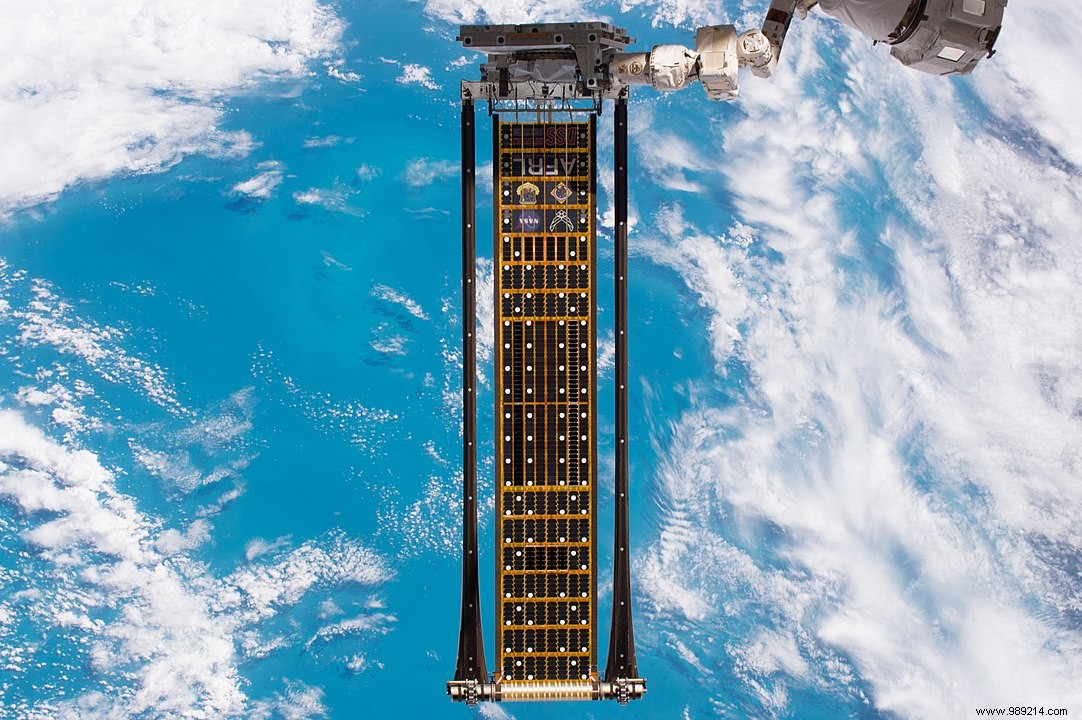NASA will begin the first "work" to upgrade the ISS solar arrays this year. The goal:to ensure that the station has sufficient power to continue operating at least until 2028.
Like the rest of us, the International Space Station is aging. Maintaining it in working order is also costly. To this end, NASA spends no less than four billion dollars a year. If it wants to one day extend the sphere of its activities beyond low orbit, the American agency must thus reconsider its priorities. This is why we know that the station will gradually be abandoned.
For now, it is officially planned that flights to the ISS will continue until 2024 , but we know from NASA and its prime contractor Boeing that they would like to continue building on it at least until 2028, if not a bit longer. Then, the ISS could be "bequeathed" to private companies, but no certainty for the moment on that side.
With this in mind, NASA intends to replace a large part of the solar panels installed during space shuttle missions from 2000 to 2009, allowing the station to be supplied with energy.
A first "pair" of panels will be transferred to the ISS this year using a SpaceX Crew Dragon capsule, according to Spacenews. Two more pairs will fly on later cargo missions, but no date has been set at this time. Eventually, NASA aims to “replace” six of the eight existing solar panel segments.
The idea would be to be able to rely on the energy monitoring and distribution systems of existing panels in such a way as to minimize the amount of new equipment needed. Each new segment to be installed will require two spacewalks led by astronauts.
Concretely, the new panels (the Roll Out Solar Array) will be installed on the old ones, partially hiding them. They will, however, be more efficient, thus producing more energy than will be lost by covering the old ones. Once all the hardware is installed, NASA estimates that the overall electrical system will produce 215 kilowatts of power versus 160 kilowatts provided by the existing racks.

Finally, let's remember that a Chinese station will soon take over at the ISS. On board this structure, which will have three modules, taikonauts will conduct various scientific experiments and prepare for future long-duration flights.
The central module of this station, which will provide the main living quarters for taikonauts, will be launched next spring. In total, the China National Space Administration plans eleven launches tocomplete the construction of this station in 2022 .